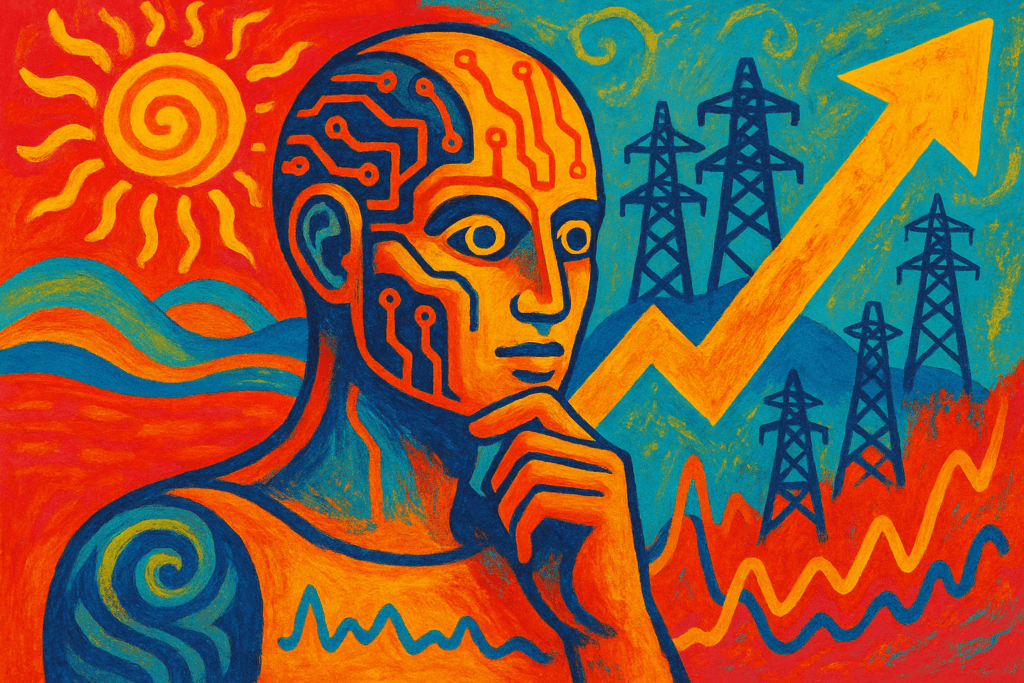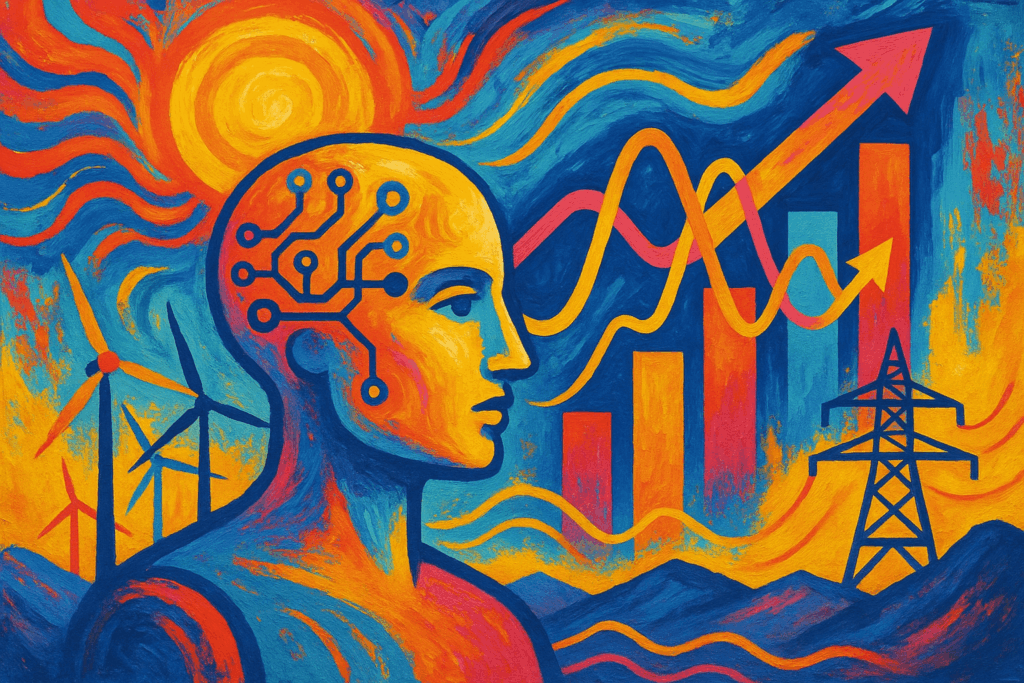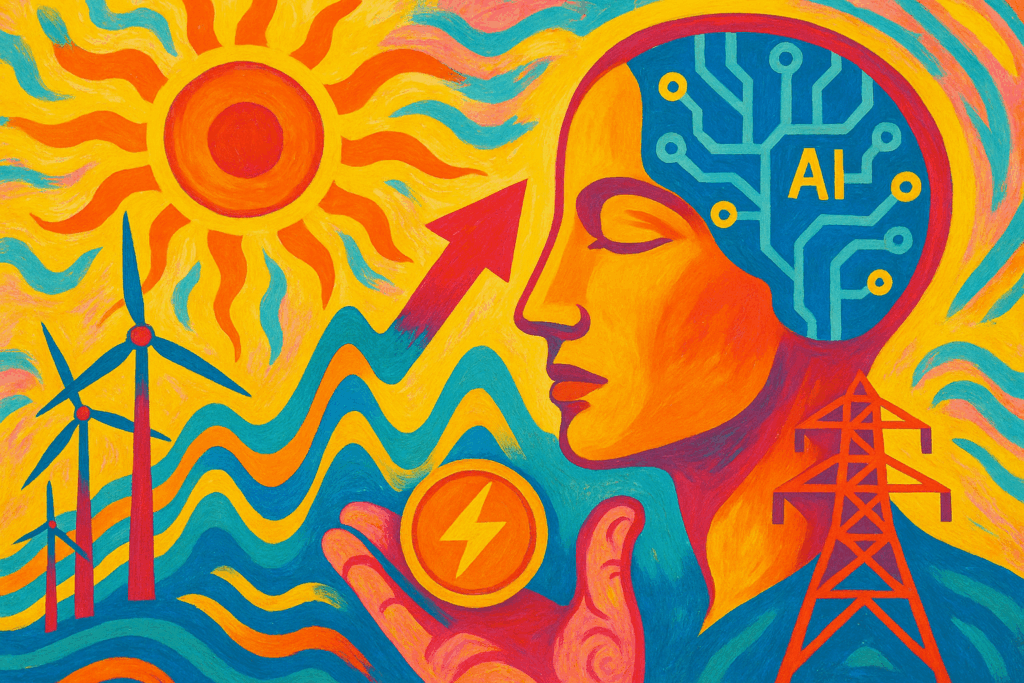The New Energy Reality: AI, Demand, and the Pragmatic Shift
A Triple Challenge
The global energy landscape is undergoing rapid change, influenced by the increasing electricity demand fueled by AI technologies, aging grid infrastructures, and ongoing geopolitical uncertainties. These factors together create challenges that require a balanced and realistic energy transition strategy rather than one based solely on idealistic goals.
AI’s Dual Role: Driving Demand and Optimizing Energy Systems
The AI Demand Surge
Artificial Intelligence applications, particularly large-scale data centers and machine learning operations, are significantly raising electricity consumption worldwide. This upward demand puts pressure on energy supply chains and emphasizes the need to rethink traditional energy planning models.
Operational Efficiency and Forecasting
Simultaneously, AI contributes to improving operational efficiency across the energy sector. AI algorithms facilitate better uptime through predictive maintenance, reduce waste in refinery operations, and refine forecasting for renewable output fluctuations. The insights generated through AI are foundational for developing advanced trading strategies that respond effectively to volatile market conditions.
Forging an Integrated Energy Future with AI Forecasting
Balancing the Mix
Renewable energy sources continue to grow, yet their integration faces challenges such as grid capacity constraints and supply chain bottlenecks. A diversified energy portfolio that adds renewables to existing resources instead of replacing them outright provides a pragmatic path forward that supports stability and gradual decarbonization.
Smart Grids and Market Agility
AI-powered forecasting and trading platforms enable better coordination across the grid, helping to maintain stability despite the intermittency of renewables. These tools support energy market participants in optimizing resource allocation, adjusting to real-time conditions, and capitalizing on market fluctuations, which are increasingly frequent in today’s complex energy system.
Ultimately, achieving a pragmatic energy transition depends on stable policies that encourage integration and investment while leveraging AI technologies for energy forecasting and trading. This results in a more resilient, efficient, and adaptable energy market supporting sustainable development goals.




